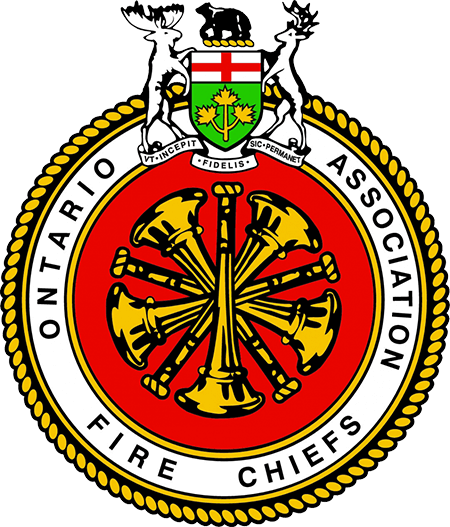Carbon Monoxide Alarms
 Carbon Monoxide (CO) is a poisonous gas that you cannot see, smell or taste. It is often referred to as the “silent killer.” CO is produced by the incomplete burning of fuels, such as natural gas, propane, heating oil, kerosene, coal, charcoal or wood.
Carbon Monoxide (CO) is a poisonous gas that you cannot see, smell or taste. It is often referred to as the “silent killer.” CO is produced by the incomplete burning of fuels, such as natural gas, propane, heating oil, kerosene, coal, charcoal or wood.
A CO alarm will alert you when dangerous levels of CO are inside your home. A working alarm will ring loudly giving you and your family the early warning you need to get out. CO alarms can warn you about sudden failures of fuel-burning appliances and are a good first line of defence against CO exposure. The Ontario Building Code requires the installation of CO alarms in homes and other residential buildings built after 2001.
Types of CO Alarms
There are different types of alarms with different features. Take comfort in knowing that while alarms might look different and/or have different features, they are all tested to the same standard. Make sure that the alarm you are purchasing is CSA-6.19 Residential OC Alarming Devices or UL 2034 Single and Multiple Station CO alarms.
Alarm Features to Consider
- Power Source: CO alarms can be electrically powered, battery-powered, electrical plugin or a combination. If you are installing a plugin type or electrically wired alarm, a battery backup is recommended in case of power failures.
- Digital Display: A digital display shows the parts per million (PPM) of CO that is in your home. Alarms aren't activated unless levels reach 70 PPM; however, a digital readout gives you an opportunity to have fuel-fired equipment inspected and repaired prior to an emergency occurring.
Where to Install CO Alarms
- Houses: Unlike smoke, CO mixes freely with the air, so your CO alarm doesn't have to go on the ceiling or up high. It does need to be near the area where you sleep, so that it is loud enough to wake you up and get you into action. If your home has a fuel-burning appliance or an attached garage, install a CO alarm adjacent to each sleeping area. Read the manufacturer’s instructions carefully and follow them exactly.
- Buildings: If you live in an apartment or condo building and there is a fuel-burning appliance inside your unit, install a CO alarm adjacent to your sleeping area. Read the manufacturer’s instructions carefully and follow them exactly. If the building has a service room with a fuel-burning appliance, CO alarms must be installed in the service room and adjacent to each sleeping area of all condos/apartment/units above, below and beside the service room. If the building has a garage, CO alarms must be installed adjacent to each sleeping area of all condos/apartment/units above, below and beside the service room.
Where NOT to Install a CO Alarm
Some locations may interfere with the proper operation of the alarm and may cause false alarms or trouble signals.
CO alarms should not be installed in the following locations:
- Where the temperature may drop below 4.4o C (40oF) or exceed 37.8oC (100oF).
- Near paint thinner fumes or household cleaning products. Ensure proper ventilation when using these types of chemicals.
- Within 1.5m (FIVE feet) of any cooking or open flame appliances such as furnaces, stoves and fireplaces.
- In exhaust streams from gas engines, vents, flues or chimneys.
- Do not place in close proximity to an automobile exhaust pipe; this will damage the alarm.
CO Alarm Maintenance
Test your CO alarm regularly to make sure it is operating properly. The owner’s manual should tell you how to test your alarm.
CO alarms do not last forever (most expire after five to seven years). Check the expiry date on the alarm so that you know when to replace them. If you cannot find a date, replace the alarm.
For more information on CO hazards and prevention, please contact your local fire department.
